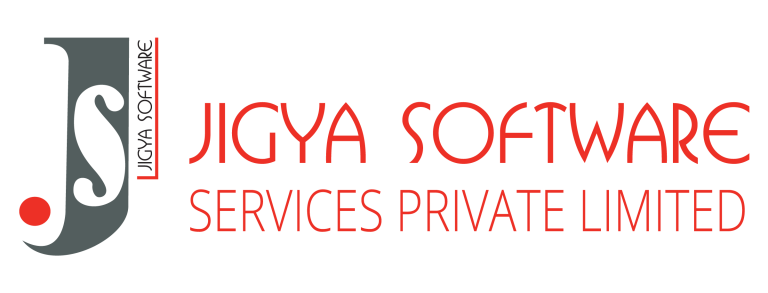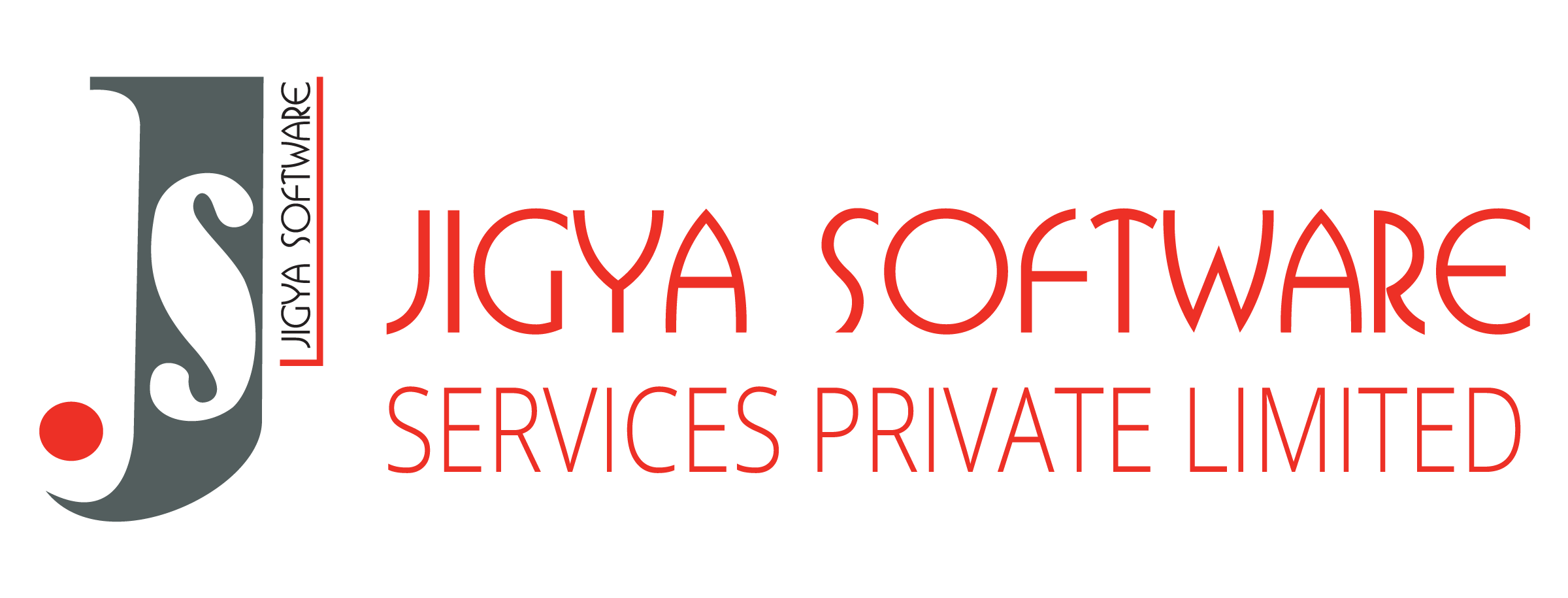Hiring the wrong employee can be a costly misstep for any business. Research has indicated that the average expense incurred due to a hiring misjudgment is a substantial $17,000, as noted by CareerBuilder. It’s crucial to recognize that these financial ramifications escalate with the seniority of the role, potentially leading to even more significant financial setbacks.
That is why we at Jigya Software have made a mega compilation of 20 mistakes and 20 tips for hiring so you could handle your recruiting at ease. Read all our blogs here.
Beware of Bad- Hires
The impact of an unfit hire within your work environment extends beyond financial implications. It can hamper productivity, foster discord among coworkers, and usher in a cascade of unforeseen challenges. In the contemporary professional landscape, where businesses strive to maximize output with limited resources, employers cannot afford to dismiss any qualified job seekers. However, relying on outdated job posting methods might inadvertently shrink your talent pool, making the hiring process more challenging and draining. Whether you are a small business, a big enterprise of an NGO, using various hiring tools and solutions like ATS, SaaS, HRMS and Staff Augmentation software could save you from the revenue wasted of bad or under hiring.
“The most successful organizations in 2023 and beyond will remove unnecessary barriers in job postings in order to tap into richer pools of talent and build more diverse teams.”
Hire- Risk Mitigation
Successfully navigating the hiring process goes beyond selecting someone who can fulfill the job requirements. It entails attracting and securing candidates whose values align seamlessly with your company’s mission and principles. Given the intricacies involved, it’s not surprising that errors can occur in human resources management. To mitigate hiring risks, companies of all sizes should adopt a robust hiring strategy that steers clear of common pitfalls. Uisng expert help is the best option if you are looking to increase the productivity of your company. For any queries, contact our recruitment expert and streamline your hiring process. As you prepare for your next round of employee recruitment, it’s imperative to equip yourself with the knowledge to recognize and sidestep the prevalent blunders that often accompany the hiring process.
“A bad hire can cost your company 30% of the individual’s yearly salary, according to the U.S. Department of Labor.”
Many companies streamline their hiring processes with HR software. Check out our services to find the best HR software solutions and services that suits your needs.
Now let us explore 20 pitfalls to evade for successful recruiting, steering clear of hiring mistakes.
1. Neglecting Diversity: The Echo Chamber Trap
Consider the variety in age, experience, background, race, and gender, fostering diverse thought. This enhances organizational success, promoting continuous growth and progress. A diversified workforce increases the likelihood of attracting individuals who wouldn’t typically apply, injecting fresh perspectives into your company, fostering growth.
Avoid seeking clones of yourself or your team; embracing diverse viewpoints, even those challenging your norms, propels your company forward.
2.Overlooking Overqualified Candidates
HR managers might resist an overqualified candidate, fearing overshadowing or premature departure due to boredom. However, such individuals can enhance and develop your team, irrespective of their tenure. Explore avenues for development, promotions, or bonuses as incentives, contributing to long-term employee retention.
“”Future Potential” gamble. Prioritize proven skills and relevant experience over untested aspirations. While Ambition is Valuable, yet proven performance matters.”
3. Ambiguous Job Descriptions
Having an unclear idea about what the job entails can become a big step back in the hiring process even before it has started. Listing out job responsibilities and the related career skills, knowledge and experience the candidate needs to fulfill your expectations will make it easier for you to assess their skills.
There are times when an employer doesn’t have a clear idea about what the job and the required skills entails. In that case a good practice is to be upfront with the candidate. Prove to them that they will have the opportunity to progress along with the business.
“A good thinking exercise is to visualize what would attract you to a job. Implement these ideas into you won business.”
4. Excessive Preferred Skills:
Trim down preferred skills in job postings to the essentials. Limiting requirements to a clear, concise list of must-have skills will attract more candidates.
Job postings with too many “preferred” and “desired” skills discourage candidates from applying.
To narrow down your list follow these steps:
Are your job requirements easy to assess? If you can’t assess a candidate’s qualifications based on his resume or during an interview, it is a sign that the criteria is vague, and is not worth putting in the job description.
Using phrases like “must be flexible” or “good at multitasking” in favor of more specific abilities are some examples of ambiguities that would make hiring a hard task for you.
“Determine the make-or-break factors. Shift from “nice to have” to “must have” skill”

5. Zeroing in on Year’s Quantity over Skill’s Quality
Setting your minimum age requirement too high, or too low, can hinder your candidate pool. Promising candidates facing barriers to employment may prove valuable to a business or a company.
“Using an open-ended number, such as “2+” years of experience instead of “two to five,” in order to hire more inclusively.”
For each role that you are searching for, reflect upon the key abilities and characteristics they would spell future success. Keep these pointers in you remind while hiring, looking for these traits specifically. Evaluate using any of the variety of ways, from skill tests to tailored interview questions.
The key is to broaden the scope. By drawing in and bringing on board a more extensive range of well-suited candidates you can make your business more efficient.
6. Capricious Degree Requirements
Top businesses and companies around the world are shifting focus from degrees to skill-based hiring. This widens the pool of applicants and may attract people who may have om-the-job experience and hard-earned-skills but a college education.
If you are too afraid to do away with those degree requirements in your job description, it is time you ask yourself the following questions:
What skills and knowledge does your candidate absolutely need to do the job?
Do you recall other people in your organization who have been successful? What was their background, and which useful skills and habits did they exhibit?
Does the job legally require specified education? Can you define why the certain degree level is really required for the job?
You may consider adding phrases like “or equivalent in experience”. That was you’d be able to attract people with nontraditional backgrounds without removing the degree requirements entirely.
“Even if an applicant recalls a time they were “calm under pressure,” this is likely something only on-the-job experience will prove.”
7. Ignoring The Social Media
These days companies are using social media to their advantage by employing social media marketing tools. Amongst your competition, if you see it is just you who has a twitter timeline that’s been neglected since 2012, you must realize this is hurting your company.
What this signals is that the company is lazy and is out of touch with their customer base.
If you want to attract the right talent, make online presence a part of your brand. The way you showcase your business shapes its image, and people’s interpretation of this image forms your reputation.
8. First Glance Trap: Relying Solely on First Impressions
Job interviews can be intimidating for some, after all candidates are just humans. It is an unreal expectation to think your candidate would be perfect.
A firm handshake doesn’t mean that someone is competent across the board. Even though it’s a fact one cannot know for certainty how a new hire would perform before hiring. Mitigate the risk of a bad hire by excluding first impressions from your decision making.
Establish a welcoming environment to assist candidates in portraying themselves positively. Create a welcoming environment and pose questions that enable them to demonstrate their suitability for the position.
Our blog on Guide to Video interviewing, will give insightful strategies to employ while taking your video interviews. You can also check out our complete list of blogs here.
9. Downplaying your Company Culture
Create a company culture that aligns with your worker’s ethics. Employee benefits packages, salary and perks and workplace flexibility are some of the things people are seeking in a comfortable work environment.
When you are trying to find the right candidate in a competitive industry, this could be a big differentiator.
Seek diverse perspectives and experiences while ensuring core value alignment. A Culture clone mismatch happens while building a team with identical personalities and background. Such harmony is deceptive, in a way that it can lead to groupthink and stifle innovation. Seek diverse perspectives and experiences while ensuring core value alignment.
10. Unclear Hiring Policies:
In its most harmless way, an unclear company policy may just confuse the hiring team and the candidates, but on its worst days, mirky hiring policies may lead to potential legal issues. Make sure your hiring policies are clear, especially for things like contract work and exempt vs. nonexempt employees.
Make your employee handbook and a hiring policy concrete to identify issues and potential liabilities in the future.
11. Outdated workplace technology:
Quality software enhances job satisfaction and skill development. High quality technology in the workplace acts as an investment. It reduces turnover, enhances employee’s job, and turns profits for the business.
“The Dunning-Kruger Delusion Trap: Overconfident, less-qualified candidates sometimes charm their way through interviews with bravado and bluster. Meanwhile, quieter, genuinely competent individuals get overshadowed”
12. Filtering Out Less Qualified Candidates:
It’s possible that a dedicated worker may have fewer skills on paper. But such people succeed through working hard and providing good work. This point should be considered even though their CV lacks all the bells and whistles of additional skills in CVs of other candidates. Such people could be a great addition to the company.
13. Inadequate Compensation
Competitive competition is crucial. Do market research to find fair compensation. This would attract candidates and top talent and ensure talent retention.
14.Overvaluing References
Rely more on tests and exercises. A candidate’s positive experience in his previous job does mean they would be a good fit for your team. Similarly, a bad experience in the past doesn’t mean it will be repeated at your organization.
Use reference only to confirm some candidate details presented on their resumes.

15.Ignoring Counteroffers
Be aware of potential counter offers from a candidate’s current employer. HR managers should make sure such possibilities are discussed with the candidate to avoid surprises on both ends.
16. Ending Interviews Prematurely
Avoid ending videos early. Even if you feel that you have judged the candidate’s fit early in the interview process, you may miss some valuable insights later. Recruiters should be on the lookout for what their questions might reveal about the candidate.
“Integrate with Applicant Tracking Systems (ATS): For seamless integration, choose a reliable ATS tool that can be easily integrated with your existing systems. Our integration streamlines the overall hiring process and allows for better tracking of candidate information.”
17. Prioritizing Tenure Over Talent
Balance tenure and loyalty, both are important. If an HR manager notices a clear difference in talent, it should be rewarded so that the company can stay ahead. Goin for tenure instead of talent would not only cause a company to have less par employee, but also a lost chance to hire a young talent. Career progression for a candidate is as important for them as the bottom line is for the employer.
18. Waiting for the Perfect Candidate
Think about what your perfect candidate would be better than a candidate who meets most of your requirements, has good soft skills and is culturally fit. Passing up on other qualified hires based on your image of the perfect candidate could be the biggest hiring mistake. It may even affect your team’s morale if they feel understaffed and, worse, undervalued if some of them have applied for a promotion. Someone with strong core skills and a drive to learn will turn out to be as good as your idea pf the perfect candidate.
19. Using a Voting System:
Popularity triumphs over skills. Consensus votes in the hiring process may leave you with the more popular candidate instead of the most qualified. A good candidate being dismissed just because of the vote of one member in the hiring committee is a growth opportunity lost for the workplace.
20. Unrealistic Expectations
Allow time for new hires to integrate and contribute. Set realistic expectations for results to show up. Giving a fresh hire time to learn and familiarize themselves with the responsibilities will ensure a well-integrated individual.
“there’s no “I” in “team” … but there are a few in “hiring mistake.”
Conclusion:
In conclusion, after successfully recruiting top-notch candidates, the seamless integration of these individuals into your workforce is paramount. A comprehensive and well-structured onboarding process is not only essential for the sustained success of new employees but also serves as a catalyst for heightened engagement and prolonged retention.
While conventional onboarding practices encompass vital details such as benefits, parking logistics, and other basics, infusing a personal touch is equally imperative. Consider incorporating welcome notes from both management and colleagues to cultivate a supportive atmosphere for the newcomers.
Distinguished onboarding strategies extend beyond the procedural realm, delving into the cultural and mission-oriented facets of the company. Rather than fixating solely on orientation and paperwork, immerse the employee in the organizational ethos. Furthermore, fostering peer mentoring initiatives contributes significantly to building interpersonal connections and fortifying the sense of support for new team members.


